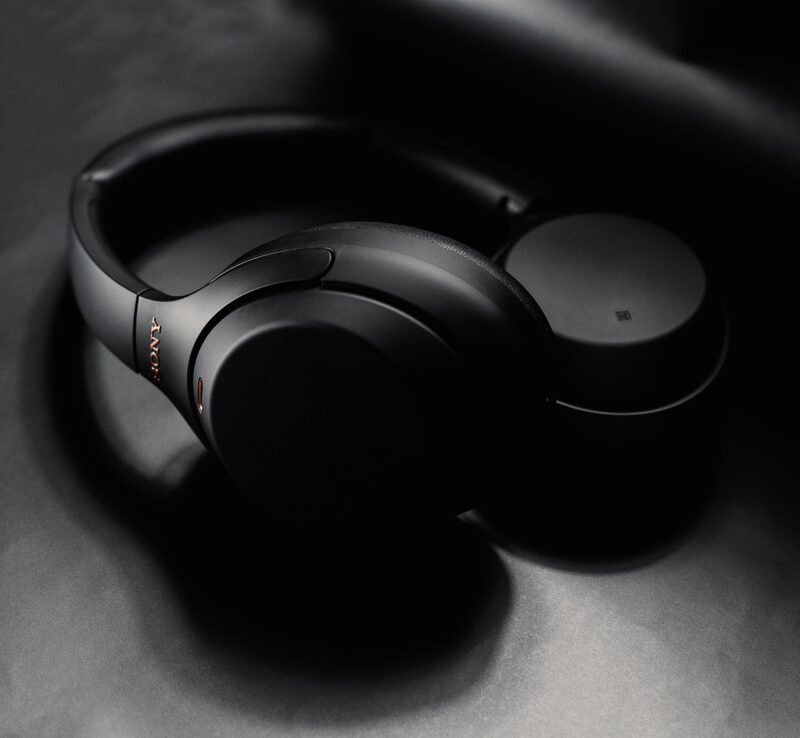How Bluetooth and Wireless Technology Have Changed the Way We Listen to Music
November 13, 2024

Music has been an integral part of human culture for millennia, continuously evolving alongside advancements in technology. From vinyl records to streaming services, the way we consume music has changed dramatically over the decades. However, one of the most profound changes has been brought about by the rise of Bluetooth and wireless technology, revolutionizing how we listen to our favorite tunes.
1. The Rise of Bluetooth Technology
Bluetooth technology emerged in the late 1990s as a wireless communication standard designed to enable short-range data exchange between devices. Initially utilized in cell phones and other communications devices, it rapidly extended its reach as more gadgets began to adopt this functionality.
The technology’s convenience and ability to establish connections across various devices without the need for physical connectors made it an attractive choice for audio products. As a result, headphones, speakers, and home entertainment systems started to integrate Bluetooth, leading to a paradigm shift in how music could be enjoyed.
2. Convenience of Wireless Listening
One significant advantage of Bluetooth technology is convenience. Imagine walking around your home, doing chores, or exercising without being tethered to your device by wires. Wireless audio devices offer freedom of movement, allowing listeners to engage with their environment while still enjoying their favorite tracks.
Listeners can carry smartphones in their pockets or backpacks while simultaneously connecting to their headphones or speakers. Whether at home, in the gym, or on a crowded subway, this ease of use facilitates a seamless listening experience.
3. Quality of Sound: Wired vs. Wireless
Despite early skepticism about the audio quality of Bluetooth devices compared to traditional wired headphones, advancements have significantly closed the gap. High-end manufacturers have developed Bluetooth codecs like aptX HD and AAC that allow for higher fidelity audio, providing excellent sound quality that gets close to that of wired listening.
Modern Bluetooth headphones often include noise-canceling technology, further enhancing the listening experience by blocking out background noise. Thus, listeners can enjoy music with clarity and detail, whether commuting or relaxing at home.
4. The Role of Streaming Services
The advent of streaming services has also propelled the popularity of Bluetooth and wireless technology. With platforms like Spotify, Apple Music, and Amazon Music, listeners have access to vast libraries of music from virtually any genre. This has made it unnecessary to own physical copies of music, leading to the normalcy of using mobile devices and wireless headphones for daily listening.
As streaming services typically rely on mobile apps, Bluetooth technology has become integral. Users can easily pair their devices to stream directly to their wireless speakers or headphones, making music consumption easier and more enjoyable.
5. Impact on Social Listening Experiences
Bluetooth technology has also changed the way we share and enjoy music with others. Wireless speakers allow multiple people to gather around and share playlists without being constrained by cords. This shift has transformed how we experience music in social settings, making it easier to create playlists collaboratively and celebrate our favorite tracks together.
In addition, Bluetooth technology has enabled features such as “Party Mode,” which lets multiple Bluetooth speakers play music simultaneously, offering a powerful sound experience that enhances gatherings and events.
6. Challenges and Limitations
Despite the many advantages of Bluetooth and wireless technology, there are also challenges and limitations. One of the main concerns has been the battery life of Bluetooth devices. While many offer impressive playtime, users must remember to charge their devices regularly to avoid interruptions in their listening experience.
Additionally, Bluetooth connectivity can sometimes be temperamental, facing interference from other devices or distance limitations. However, ongoing developments in Bluetooth technologies are working to address these issues, enhancing stability and range.
7. A Future of Integration and Innovation
The future of music consumption through Bluetooth and wireless technology looks bright. Innovations in smart devices, such as voice-assisted technology within speakers and headphones, are already transforming the way we interact with our music. Users can now control playlists, adjust volume, and even ask for music recommendations, all through simple voice commands.
Further, the integration of smart home ecosystems will likely lead to more seamless connections between users’ devices, allowing for a coherent audio experience whether at home or on the go. As technology continues to evolve, the possibilities for music consumption will only expand, creating a richer and more enjoyable experience for listeners.
Conclusion
Bluetooth and wireless technology have undeniably changed the landscape of music consumption. They offer unparalleled convenience, quality, and social connectivity, making music a more integral part of our daily lives than ever before. As we move forward, it will be exciting to witness further developments in audio technologies and how they will continue to shape our relationship with music.
Whether you are a casual listener or a music enthusiast, the possibilities with Bluetooth and wireless technology are endless, paving the way for new heights in how we experience sound and share it with the world.







